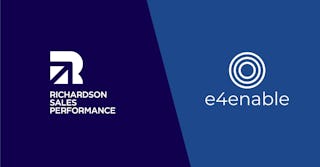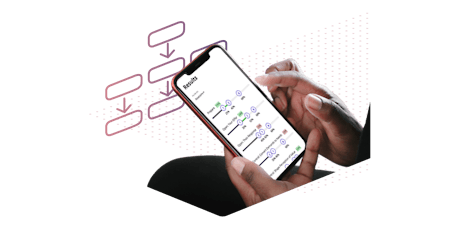RFP Strategies – When To Walk Away And When To Double Down

A lot of the research in the market tells us that buyers are roughly 50% through their buying and decision making process before they reach out to potential partners. This fact means that your team is going to find themselves responding to more and more RFPs.
What are the Issues of RFPs?
Many of our clients struggle to manage responding to this higher volume of RFPs because they don’t know when to walk away.
However, your team should carefully consider whether or not to invest time into responding to RFPs because research tells us that ultimately if you engage in an RFP and you haven’t had any influence in defining the criteria for the RFP, you’ve already got less than a 15% chance of winning that deal.
How Do You Help Clients Establish Qualification Criteria?
It’s important when you look at an opportunity and at an RFP, to evaluate the deal and the opportunity against several different dimensions. This does a couple of things. First, it certainly gives you a better perspective of where you are in the opportunity and whether you’ve got a good chance of winning.
However, it also informs the business on what aspects it needs to work on if it is going to pursue that deal. Some of these things might be around the business impact, understanding what the real drivers are behind the purchasing decision, who’s involved in the decision-making process on the customer side, and the value that this transformation or that that purchase is worth to the organization. By really understanding and exploring across some of those dimensions and others, we’ve found that our clients can better understand their odds of winning the deal, and whether it’s a good opportunity for them to compete with in the first place.
What's the Impact of Having a Good RFP Approach?
A lot of our customers are chasing deals, and are chasing RFPs that they just don’t have a good chance of winning. The impact that we’ve seen through better qualification and certainly better research allocation across our client sales organization, the ability to not only focus on deals that they have a good chance of winning but to also focus on making sure that the quality of the pipeline is much better. We see win odds improve because they’re focusing on deals that they have a much higher percentage chance of winning. But, we also see them focusing a lot more time and energy on deals that have a good chance of moving forward based on real differentiating capabilities that customers are looking for.

Sprint Selling™ Program Brochure
Train your team to use "Sales Sprints" to build deal velocity.
DownloadGet industry insights and stay up to date, subscribe to our newsletter.
Joining our community gives you access to weekly thought leadership to help guide your planning for a training initiative, inform your sales strategy, and most importantly, improve your team's performance.






